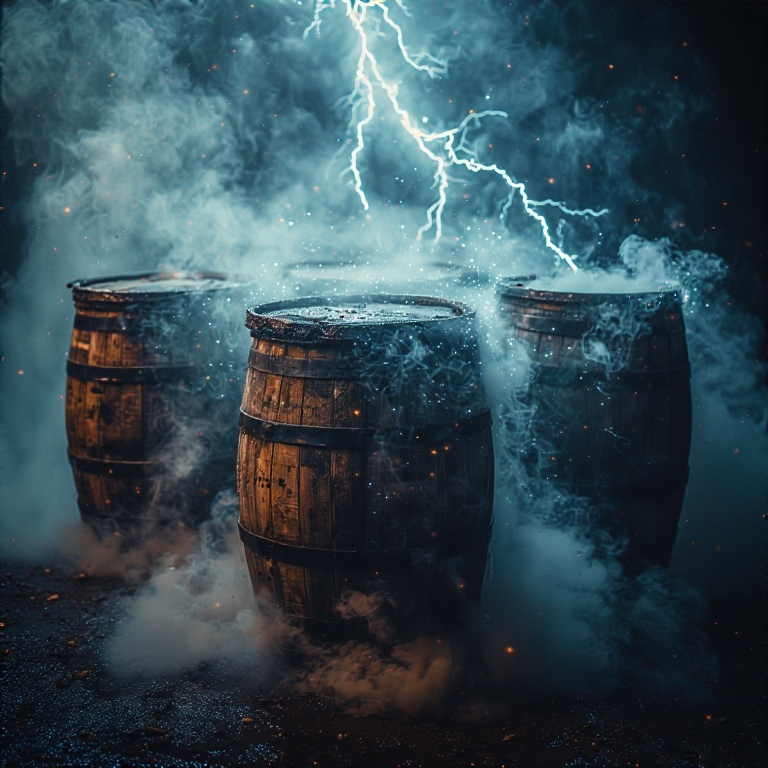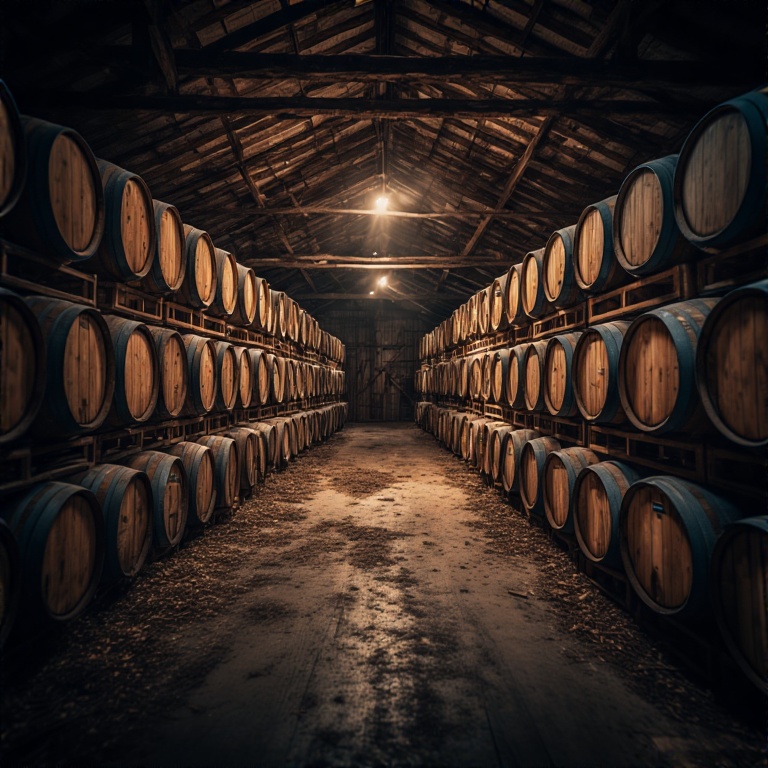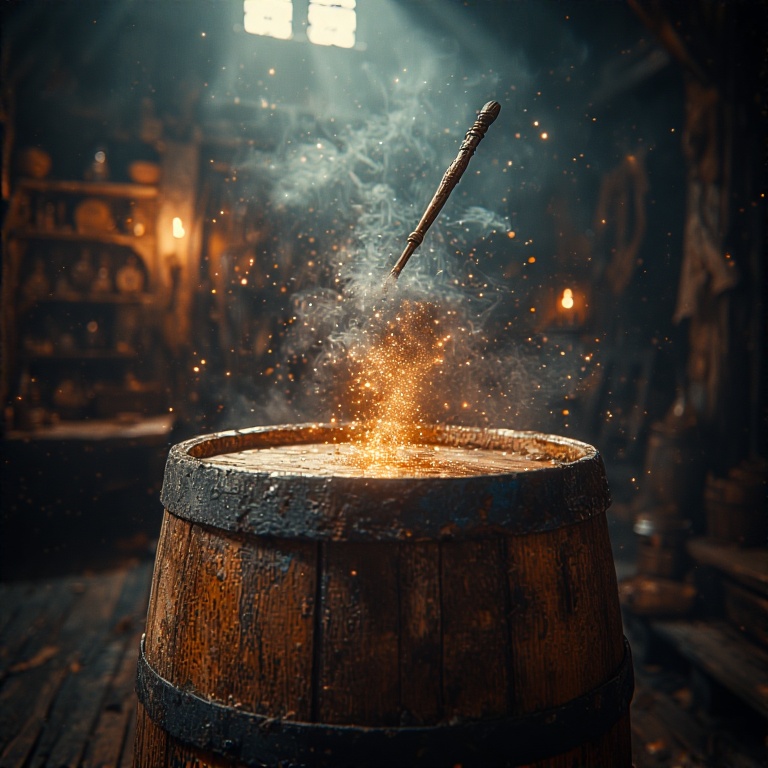It doesn’t take very long before someone new to whiskey figures out that barrel aging is a key component of creating a great finished product. It is true that the barrel wood contributes heavily to the character of the finished product. All one has to do is look at the marketing these days. There are many expressions that push “French Oak Stave” finishing, “Double Oak,” and even “Double Double Oak,” meaning they were re-barreled in new casks and aged even longer. These are only a few examples, but they beg the question, what exactly is going on here aside from the marketing?

There are plenty of age-stated products on the shelves touting time in the barrel of eight, 10, 12 years, or older. While bourbon and Tennessee whiskey only requires a legal minimum of two years aging, it is generally accepted by many in the bourbon industry that bourbon has a “sweet spot” of aging where it reaches its peak flavor when aged between five and eight years. Irish whiskey and Scotch are generally aged three years minimum by law, but both are often aged a bit longer and marketed as blends. Single malt Scotch is often aged 10 to 20 years, and it’s not uncommon to see Irish single malt expressions bottles in the same age range. Rye whiskey must be aged at least two years, but probably peaks in quality between three and five years. Straight American single malt whiskey is aged for at least two years.
Before whiskey becomes whiskey, it is new make spirit that goes into the barrel as a clear, brash, and rather untamed liquid distillate. It comes out of the barrel years later as something else entirely. We have to ask, what is happening inside of those barrels that is so important to the nature of the liquid? The good news is that we now understand more about this aging process than ever before, thanks to technology and centuries of experience and experimentation by distilleries around the globe.
Once the new distillate enters the barrel (especially charred barrels), there are four general reactions or processes mostly happening at the same time, and across time. Some of these processes begin immediately, while others might begin later in the aging cycle advance over time:
Subtractive reactions are those where certain unwanted chemicals are removed from the new distillate. Sulfides, that often give off the odor of cooked vegetation, are removed during this process. Their components might be used in other chemical reactions depending upon which sulfide it is.
Reductive reactions are those which unwanted chemicals experience a reaction that reduces them or transforms them into some other compound that effectively eliminates their effect on the finished spirit. This would include pungent aromatics and off-notes that we generally do not want in a whiskey.
Additive reactions are those which the distillate receives chemical compounds that it extracts from the cask, such as aromatic components, tannins, acids, lignins, vanillins, and certain wood sugars. This is where the new make spirit receives certain flavor components, most of its color, and a variety of other components that will be needed and used for other compounding processes while in the barrel.
Productive reactions are those which certain chemical compounds are produced instead of simply being added to the spirit directly from the wood staves. This is where the aromas of vanilla, spice, and bread (among others) are often developed in the spirit.
Distillers are well aware how these processes take place and to what extent they are subject to a host of variables which they try to control. The composition, quality, and alcohol content of the new make spirit are all key factors. The configuration, material, quality, and origin of the barrels are certainly another factor, as well as the storage conditions while aging them. Air temperature, rate and frequency of temperature changes, barometric pressure, and relative humidity in the rickhouse are all very important factors when aging spirits. It is mostly these variables which determine the important nuance in flavor profiles from one finished product to another.
Temperature and temperature changes affect how the distillate moves in the cask. When hot summer days are upon us, the air inside the barrel expands and creates pressure that presses the whiskey into the cellular structure of the wood staves. When the temperature falls, the air and the staves contract, squeezing the whiskey out of the staves, and with it, those precious chemicals that were captive in the wood–which now become part of the distillate’s character. Depending upon the climate where the rickhouse is located, this process could happen daily or seasonally, or not much at all.
Relative humidity also plays a major role in this process. In climates that are relatively dry, like Kentucky and Tennessee, the barrels aspirate through the wood staves and the “angel’s share” that is lost will contain more water than alcohol, which has the effect of increasing the alcohol content of the barrel contents over the aging process. The result is often a very high-proof spirit that is most often blended or proofed down with purified water so the average person can drink it. In high humidity climates, like Scotland, the opposite occurs. The air is already saturated with water so the “angel’s share” is more alcohol than water and the spirit leaves the barrel at a lower proof than it went in as.

Time is the final factor which determines the character of the whiskey. Some will argue the point that time is not really a factor any longer with the adoption of modern processes. Indeed, we have covered stories on new and innovative techniques such as what happens at Seven Seals, which reduce years in the barrel to weeks, with incredibly high quality results.
But time is still a major factor for traditional processes to happen inside the barrel. Not every chemical process or reaction can occur the exact same way or completely with weeks in a vat versus decades in a barrel. That said, how many of those “incomplete” processes really make a difference in taste or character of the whiskey? That’s difficult to tell, and probably more subjective than objective.
The next time you see a whiskey barrel, now you will have some idea of what is going on inside to create your favorite flavorful expressions!




